Nina sobre o papagaio Trevo: "Parte de mim está sempre voando com ele"
O sétimo episódio da série Amor de Bicho mostra a relação entre Nina Rocha Kanner, de São Paulo, e o papagaio Trevo.
Trevo era uma ave de gaiola e teve seu primeiro voo livre um mês após chegar na casa de Nina.
"Nós temos que ver um animal pela sua vida, não como se fosse uma bolsa, um casaco ou um pedaço de comida. Quando a gente fala de comunicação com os animais, a gente fala de vibrações e energia", afirma a jovem.
Nina explica que Trevo também tem sentimentos que expressa diariamente, e podem ser de amor, saudade, confiança, felicidade, cansaço e estresse. "O papagaio é muito igual ao humano, tem dias em que acordam estressados e não querem papo", conta.
Sobre os voos livres de Trevo, solto no céu, Nina diz: "Me sinto muito voando com ele. Parte da mim está sempre com ele".
A jovem diz que quer ficar conectada com o papagaio por 60 anos, que é a média de anos que uma ave desse tipo vive.
Amor de Bicho é coproduzida por MOV com Duplamente Filmes e Solavanco Produções.

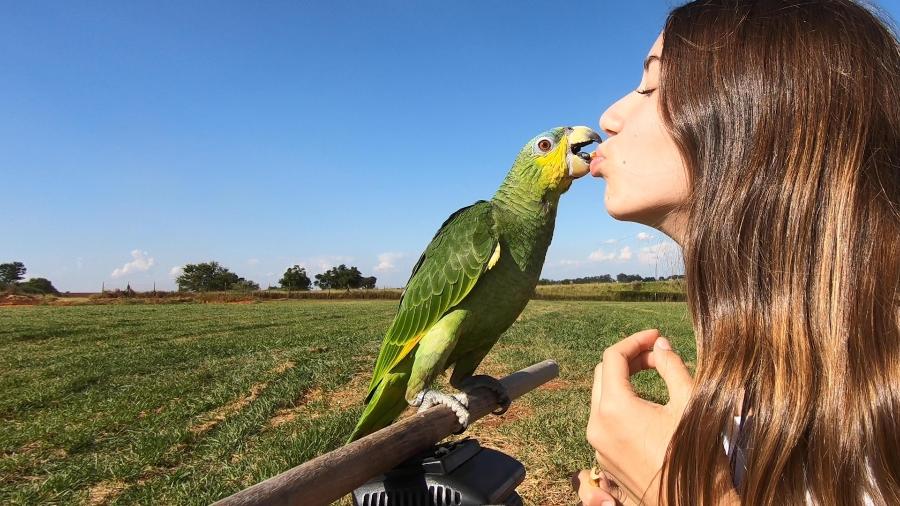
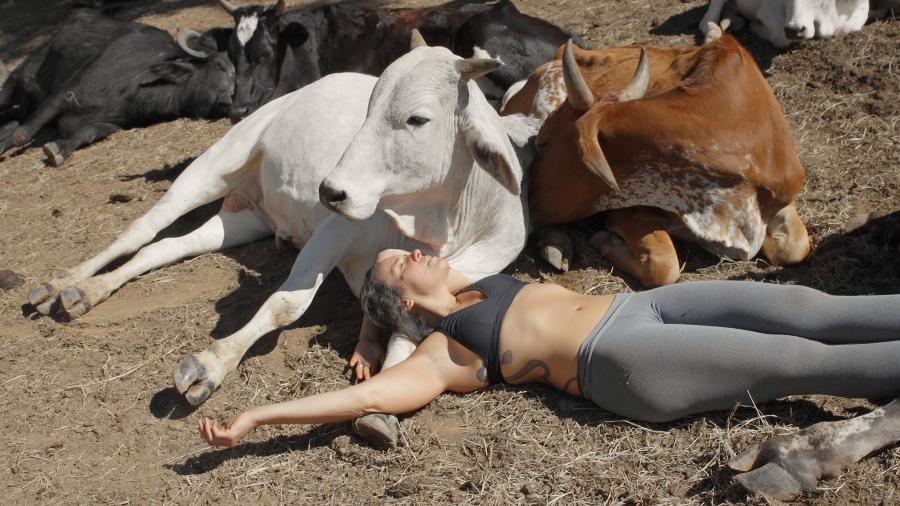
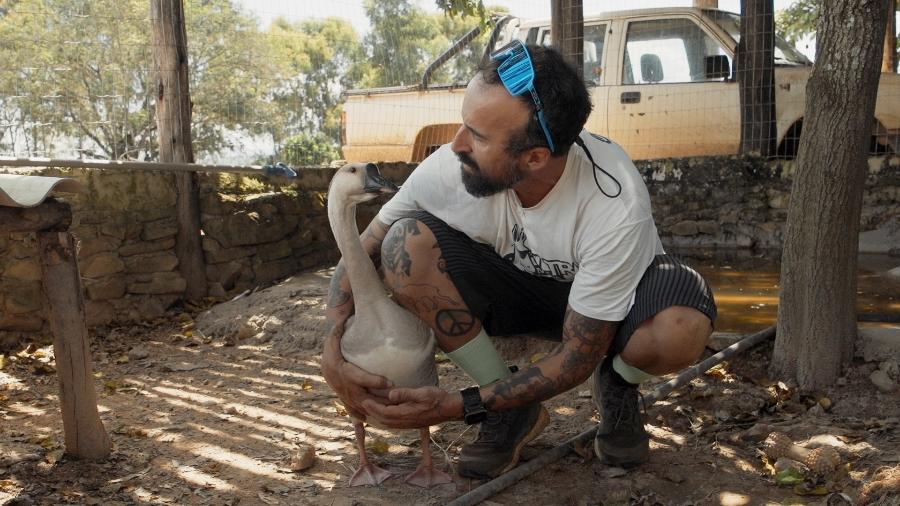
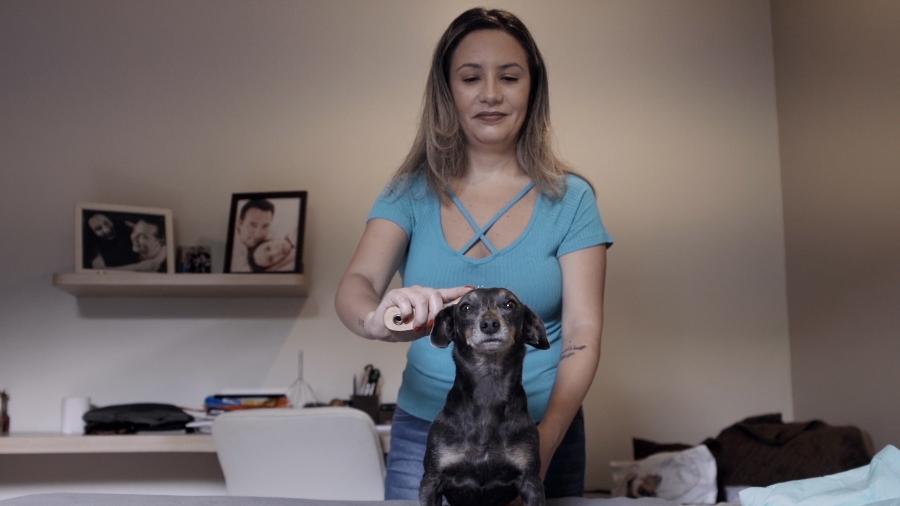
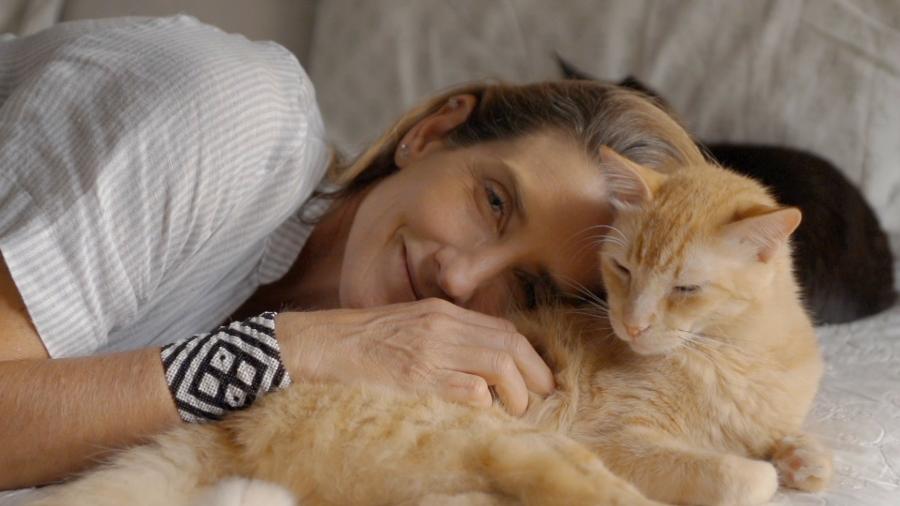
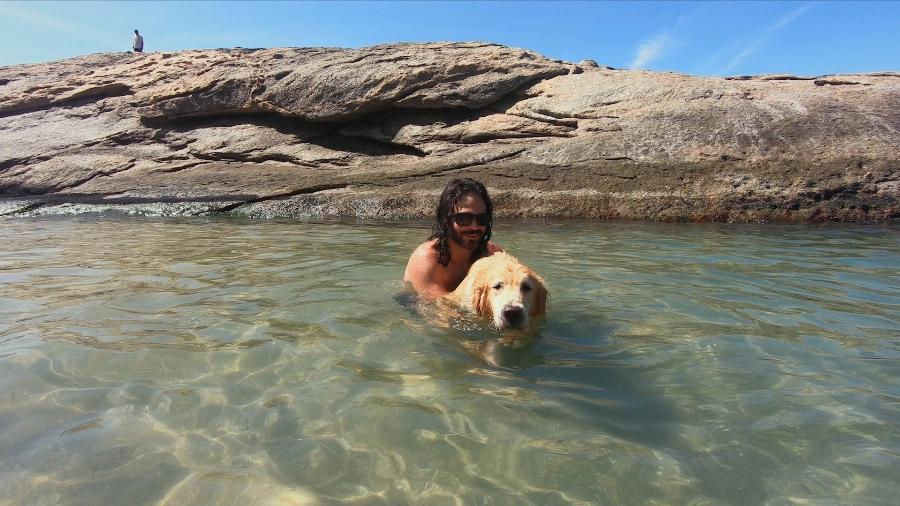
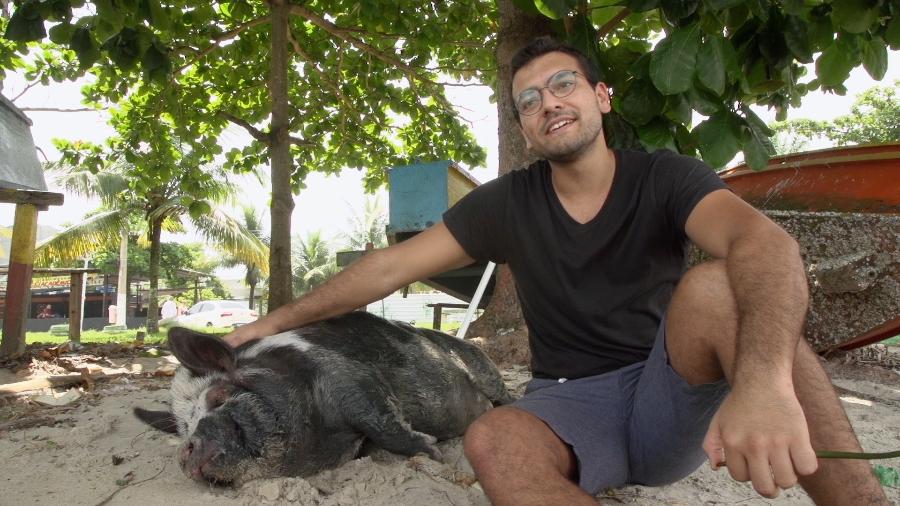
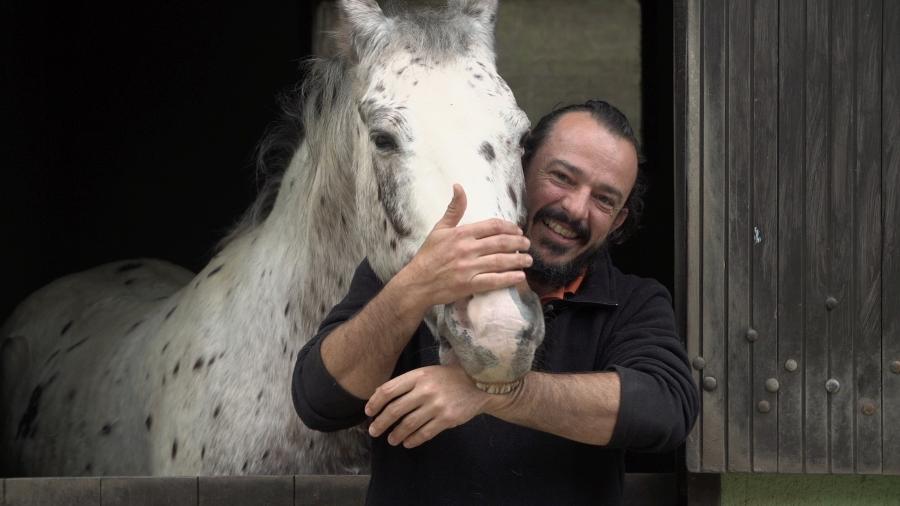
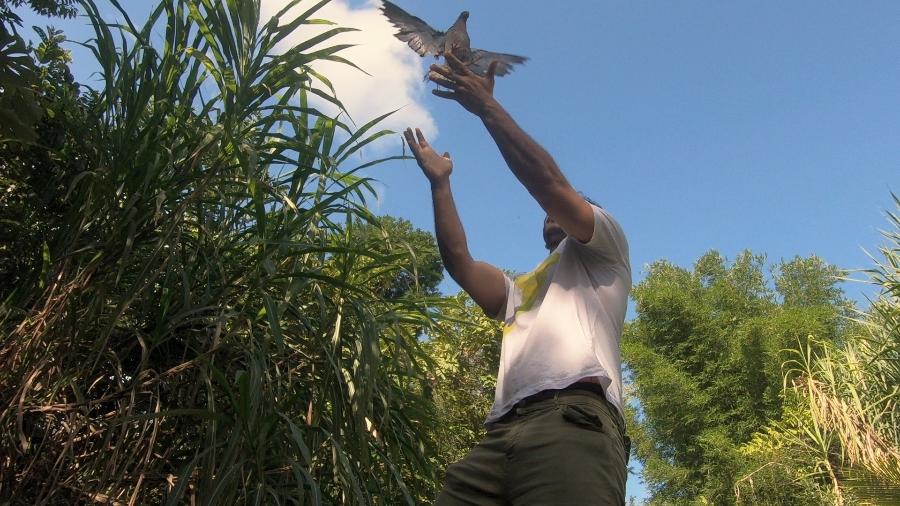
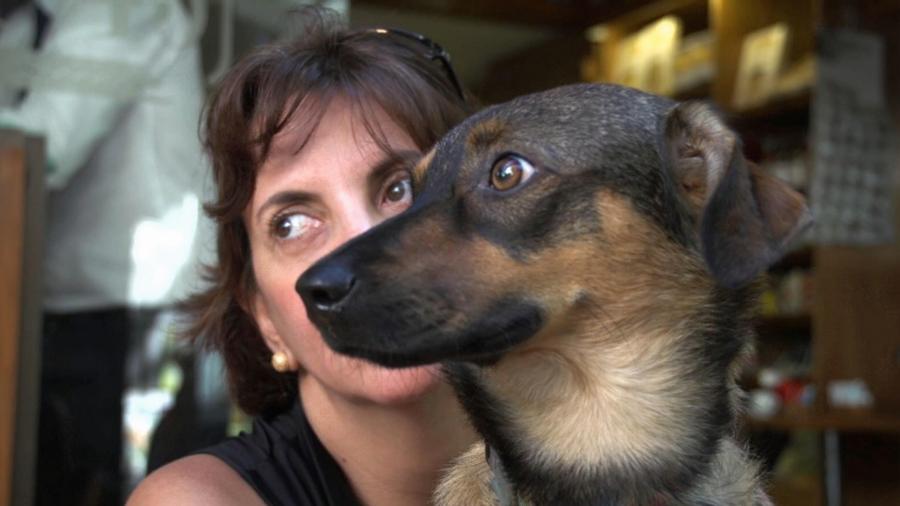
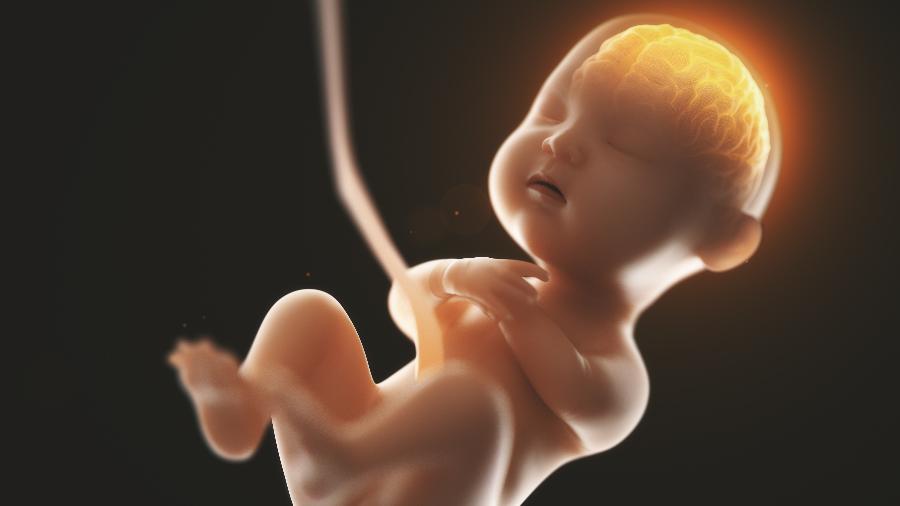












ID: {{comments.info.id}}
URL: {{comments.info.url}}
Ocorreu um erro ao carregar os comentários.
Por favor, tente novamente mais tarde.
{{comments.total}} Comentário
{{comments.total}} Comentários
Seja o primeiro a comentar
Essa discussão está encerrada
Não é possivel enviar novos comentários.
Essa área é exclusiva para você, , ler e comentar.
Só s do UOL podem comentar
Ainda não é ? Assine já.
Se você já é do UOL, faça seu .
O autor da mensagem, e não o UOL, é o responsável pelo comentário. Reserve um tempo para ler as Regras de Uso para comentários.